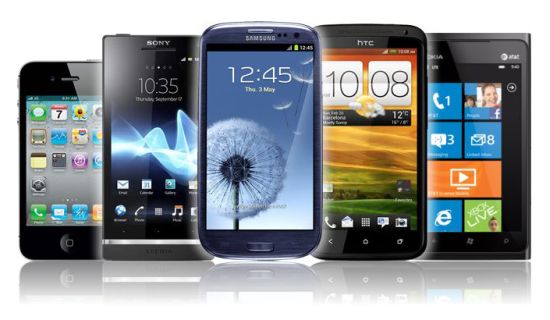Sound Level Meter Apps for SmartPhones
There's an app for that?
Well...
True Story
With the two units side by side, “their” phone app
measured 68 dBA; my calibrated analyzer measured 57 dBA.
11 decibels is a huge discrepancy. Nonetheless, they dismissed it,
saying that they had also “measured 68 dBA the other day with
similar weather conditions.”
We're not sure how another uncalibrated measurement made
under conditions remembered as "similar" could be evidence for
accuracy. We will only add that the next app/phone combination we
encountered was off by 6 dB.
There is a growing awareness that you can buy a smartphone sound
meter app for 1.99.
The graphics are colorful and attractive, and the apps use
scientific-sounding terms, but they can produce inaccurate and uncalibrated results that will not convince anyone. It is even more dangerous when the readings sometimes
approach the correct value, creating a false sense of security.
Accurate measurements mean that the meter is certified to conform to certain standards which cellphones will not comply with. Merely using an external "calibrated" microphone does not do that.
Even recording the noise you hear can be difficult with a smartphone. We hear the same story over and over from our clients: "The noise was so obvious in my bedroom, but I can't hear it on the recording I made".
This is not surprising.
Among many other problems, smartphones are notably poor at recording the low frequencies that are most often the source of noise complaints.
Well, ok, they’re not absolutely accurate. But perhaps using
the same app to measure two different noises could yield a valid
comparison?
No.
There are simply too many variables involved, operator error among
them. It is difficult to measure sounds properly; difficult even to know
what to measure. It is more difficult still to use measurements to form
conclusions and make recommendations. It is hard enough for trained
consultants; much harder for an amateur.
In addition, proving where a sound is coming from requires more than a cellphone. We have a system for doing that as well.
Lastly, measurements taken by an interested party - like the person who has the noise problem - are not likely to be believable; there's too much chance for an unfair reading.
Expertise and proper measurements can save
time, trouble and money.
Read "A Case Study in Two Letters": A
cautionary tale of a job done twice and a lawsuit as told in
two letters of thanks from a client (finally) enjoying some quiet.
Questions? Call us Monday to Friday 10 am to 5 pm
at 212-925-1365. If you need to reach us at other times please use our contact form.

